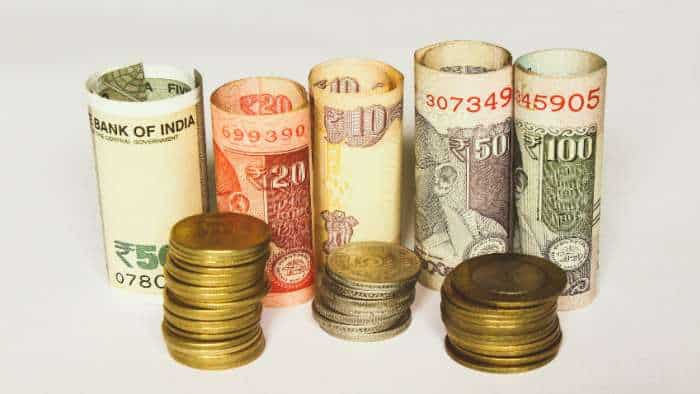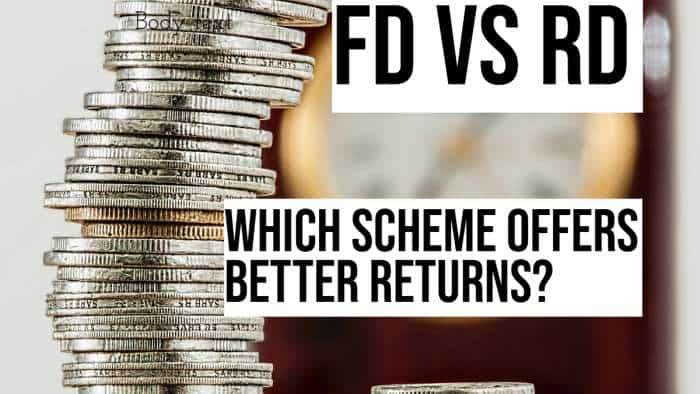EXPLAINED | What makes a company withdraw or shelve its IPO plan
Several factors might make a company reconsider its decision of an IPO. These can include market scenarios, internal corporate matters, and the timing of regulatory approval. This year, 23 companies allowed the approval for IPO granted by the SEBI to expire.
)
The initial public offering (IPO) by many prominent companies have been surprisingly either deferred or cancelled in recent months despite the Indian stock markets, Sensex and Nifty, witnessing a rising trend. The decision of many big companies such as Ola, Swiggy, Mamaearth, Oyo, and Byju's to delay their stock market debut has sparked curiosity among industry professionals and investors to comprehend the factors leading to these decisions.
The latest on the block is PKH Ventures, a Mumbai-based company, which recently revoked its IPO plans. The firm pulled back its Rs 379.35 crore IPO due to an insufficient investor response to the issue that opened for subscription on June 30.
“Taking into consideration the current market scenario, the IPO committee of the company, following a resolution on July 4, 2023, has chosen to withdraw the issue in agreement with BRLMs and the registrar. Therefore, the IPO of PKH Ventures Limited will be regarded as withdrawn,” PKH Ventures said in a statement.
Factors influencing the decision to withdraw IPO
IPOs serve various benefits like raising considerable funds for growth, expansion, and future investments, providing liquidity to existing shareholders, and bolstering the company's market reputation. Going public also carries certain disadvantages for a company such as increased regulatory compliance, more scrutiny, and expansive reporting, which adds to the credibility of the firm.
Several factors might make a company reconsider its decision of an IPO. These can include market scenarios, internal corporate matters, and the timing of regulatory approval. This year, 23 companies allowed the approval granted by the Securities and Exchange Board of India (SEBI) to expire.
Adding to this, SEBI's recent regulatory amendment to decrease the listing time from 6 to 3 days post-IPO closure presents a two-sided situation. While it simplifies the IPO ecosystem benefiting both issuers and investors, it could add pressure on companies and heighten market volatility.
For instance, in the case of PKH Ventures, the decision to withdraw the IPO stemmed from a lukewarm response to the IPO. The overall IPO was subscribed only 65 per cent by the close.
Unfavourable market conditions typically refer to scenarios that make it less attractive for companies to go public or investors to purchase shares. In a bear market, when share prices drop, investors might be hesitant to buy shares from a newly public company. Conversely, in a bull market, companies might be more likely to go public as investor confidence is high and they might be able to raise more capital. However, high volatility, characterised by wild swings in prices, could still be seen as unfavourable due to the increased risk.
Responding to these conditions, companies might choose to postpone or withdraw their IPOs as these can influence the pricing and performance of their shares post-IPO.
Beyond market dynamics, internal business deliberations can also impact a company's decision to delay or withdraw an IPO. For instance, the exit strategy of private investors could influence the decision. An IPO provides private investors with an 'exit route' to sell off their stake in the company. If they feel the need to cash in on their investments due to pressure from their investors, they might encourage an IPO. Conversely, if they see a possibility for greater long-term gains, they might sway the decision to delay an IPO.
A few recent IPO withdrawals in India
Snapdeal: In 2022, the Indian e-commerce firm Snapdeal called off plans for a stock market debut citing weak market conditions.
Ola: In 2021, Ola Cabs delayed its IPO plans due to the uncertainties of the Covid-19 pandemic.
Swiggy: Despite speculation of its impending IPO, the food delivery startup Swiggy, is yet to go public as of mid-2023.
Life Insurance Corporation of India (LIC): The government of India postponed LIC's IPO, which was to be the country's biggest ever, due to market conditions amid the Covid-19 pandemic in 2021.
SBI Cards and Payment Services: The company decided to delay its IPO due to the Covid-19 outbreak in 2020, although it eventually went public later the same year.
NSE (National Stock Exchange): The National Stock Exchange of India had to withdraw its IPO plans in 2017 due to investigations into its high-frequency trading scandal.
Suryoday Small Finance Bank: In 2021, the bank retracted its IPO application from SEBI due to unfavourable market conditions.
Investor's decision to withdraw an IPO application
Investors can withdraw or modify their IPO applications while the IPO bidding is ongoing. However, post the bidding process, withdrawal is not possible.
The process to withdraw an IPO application differs slightly depending on the platform used. Here are the steps for some commonly used platforms in India:
Zerodha
- Log into the Kite mobile app or website.
- Click or tap on 'Orders'.
- Go to 'IPO'.
- Select the IPO application you wish to cancel and click or tap on 'Cancel'.
- This results in the release of the blocked amount in your bank account.
ICICI Direct
- Log into 'ICICIDirect.com'.
- Click on the 'IPO' link on the left navigation bar.
- Go to 'order book' under the IPO section.
- Select the IPO application and click on 'Withdraw application'.
- Confirm the cancellation by clicking 'OK' on the confirmation window.
Groww
- Log into the Groww mobile app or website
- Navigate to the 'IPO' section in the 'Stocks' section.
- Click on the 'Status' button against the applied IPO.
- Click on 'Cancel Application' and then 'Done' to confirm the cancellation
Get Latest Business News, Stock Market Updates and Videos; Check your tax outgo through Income Tax Calculator and save money through our Personal Finance coverage. Check Business Breaking News Live on Zee Business Twitter and Facebook. Subscribe on YouTube.
RECOMMENDED STORIES

Rs 55 lakh Home Loan vs Rs 55 lakh SIP investment: Which can be faster route to arrange money for Rs 61 lakh home? Know here

Sukanya Samriddhi Yojana vs PPF: Rs 1 lakh/year investment for 15 years; which can create larger corpus on maturity?

Top 7 Flexi Cap Mutual Funds With up to 52% SIP Return in 1 Year: Rs 20,000 monthly SIP investment in No. 1 fund has generated Rs 3.02 lakh; know about others too
06:21 PM IST










 Muthoot Microfin IPO subscribed 82% on first day of offer
Muthoot Microfin IPO subscribed 82% on first day of offer Aeroflex Industries to raise Rs 350 crore via IPO; take a quick look
Aeroflex Industries to raise Rs 350 crore via IPO; take a quick look  Udayshivakumar Infra IPO opens: check out subscription status, issue price band, bidding lot size, listing date
Udayshivakumar Infra IPO opens: check out subscription status, issue price band, bidding lot size, listing date Drone maker ideaForge Technology files preliminary papers with SEBI to raise funds via IPO
Drone maker ideaForge Technology files preliminary papers with SEBI to raise funds via IPO IPO fundraising in India halves in 2022
IPO fundraising in India halves in 2022